Here’s how much investing $2,500 in a CD right now could earn you in 1 year
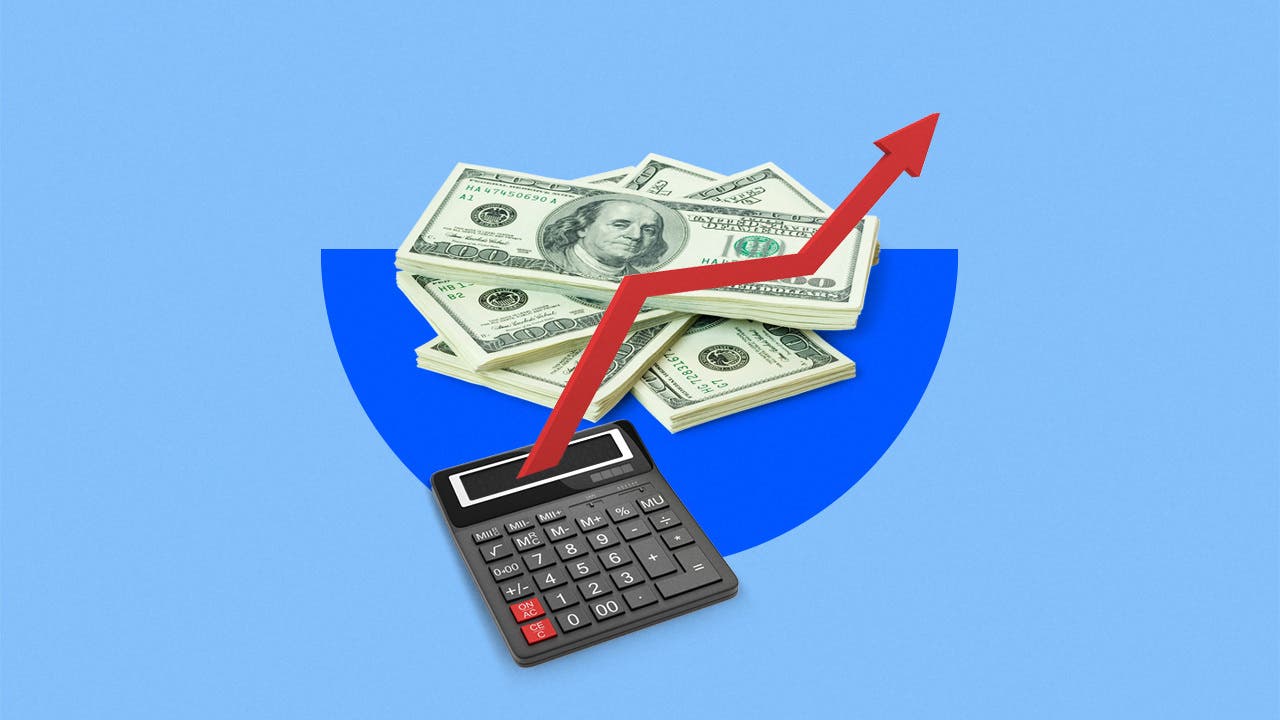
The Bankrate promise
At Bankrate we strive to help you make smarter financial decisions. While we adhere to strict , this post may contain references to products from our partners. Here's an explanation for .
A significant benefit of one-year CDs is they may earn a higher yield than savings or money market accounts, in exchange for your locking in the funds for 12 months. Due to their relatively short term, one-year CDs are an attractive option for savers who prefer access to their money soon to make a planned purchase or a new investment.
A CD typically earns a fixed annual percentage yield (APY), so you’ll be able to determine exactly how much money will be in the account when the term ends. Here we’ll provide examples in which $2,500 is invested in a one-year CD in accounts that pay the national average rate, a highly competitive rate and a typical rate earned by big brick-and-mortar banks. We’ll show you how much money you’d have when each of these three CDs matures in 12 months.
| Type of 1-year CD | Typical APY | Interest on $2,500 after 1 year | Total value of CD with $2,500 opening deposit after 1 year |
|---|---|---|---|
| CDs that pay competitive rates | 5.10% | $127.50 | $2,627.50 |
| CDs that pay the national average | 1.68% | $42 | $2,542 |
| CDs from big brick-and-mortar banks | 0.03% | $0.75 | $2,500.75 |
National average 1-year CD rates
The national average one-year CD rate is currently an annual percentage yield (APY) of 1.68 percent. This rate has mostly increased or stayed the same since March 2022.
If you were to open a one-year CD today that earns the national average rate of 1.68 percent, the account balance would be around $2,542 when the CD matures in 12 months’ time. This is shown in the following breakdown:
Type of account: 1-year CD
Opening deposit: $2,500
APY: 1.68%
Total interest after 1 year: around $42
Total value of CD after 1 year: around $2,542
Bankrate’s CD calculator is a quick and easy way to determine how much total interest a CD will earn when you plug in the term, deposit amount and APY.
Competitive 1-year CD rates
Savers who shop around can find one-year CD rates that are significantly higher than the national average. For instance, dozens of banks and credit unions currently offer one-year CDs that pay an APY of 4 percent or higher. The highest APYs available right now are above 5 percent.
An APY of 5 percent, for instance, is more than three times higher than the current national average rate of 1.68 percent for one-year CDs. If you were to open a one-year CD today that earns 5.10 percent, the ending balance in 12 months-time would be around $2,627.50. This is shown in the following breakdown:
Type of account: 1-year CD
Opening deposit: $2,500
APY: 5.10%
Total interest after 1 year: around $127.50
Total value of CD after 1 year: around $2,627.50
Going with a one-year CD with the much more competitive rate of 5.10 percent would earn you around $85.50 more in total interest than going with the CD that earns the national average rate.
The highest CD and savings account rates tend to be offered by online banks, which don’t have the overhead costs of maintaining branches. Online banks may also offer highly competitive APYs in order to draw customers away from brick-and-mortar banks, which often pay rock-bottom yields.
1-year CD rates from big banks
Large brick-and-mortar banks often pay next to nothing when it comes to interest on deposit accounts. For instance, Chase pays 0.01 percent on all terms for its standard CDs, while Bank of America pays 0.03 percent on all of its standard CDs. At U.S. Bank, you’ll earn a rate of 0.05 percent on a one-year standard CD.
Type of account: 1-year CD
Opening deposit: $2,500
APY: 0.03%
Total interest after 1 year: around $0.75
Total value of CD after 1 year: around $2,500.75
For perspective, a CD that pays an APY of 0.03 percent is earning a yield that’s 170 times lower than a CD that pays an APY of 5.10 percent.
Factors that can affect CD returns
Amount of deposit: No matter what rate a CD pays, the more money you deposit, the more interest you’ll ultimately earn. Some banks require minimum deposit amounts for CDs, which may range from $50 to $2,500 or more.
APY: Often referred to simply as the yield or the rate, the APY indicates how much a bank account earns in one year. The higher the APY, the more interest you’ll earn.
Length of CD term: CD APYs tend to vary based on the length of the term, which usually ranges from three months to five years. The longer the term, the more time your money has to earn interest. While longer terms sometimes mean higher rates, this isn’t always the case. For instance, while the national average for a one-year CD is currently 1.68 percent, the national average for a five-year CD is only 1.23 percent.
1-year CD vs. savings account
The best online savings accounts currently pay APYs of nearly 5 percent. When choosing between a one-year CD and a savings account, there are factors to consider:
Liquidity: If you might need the funds for emergencies or other expenses before the 12 months are up, a savings account is a better choice. This is because you can withdraw money from a savings account at any time, while taking money out of a CD before the term ends usually results in an early withdrawal penalty.
Fixed or variable rate of return: While a savings account rate can fluctuate at any time, CD rates are generally locked in from the start. If you believe rates will decrease in the coming months, you may decide a CD is a better choice. Conversely, sticking with a savings account may be a wiser move in a rising rate environment.
Bottom line
One-year CD rates can vary significantly from bank to bank, with big banks often paying lackluster yields and online-only banks typically paying much higher APYs. It pays to shop around for the best rate and use a CD calculator to determine how much will be in your account when the CD matures in 12 months.
Related Articles
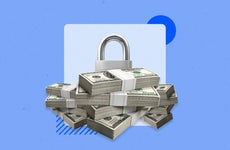
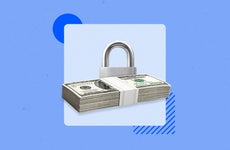
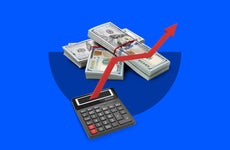
Here’s how much investing $25,000 in a CD right now could earn you in 1 year
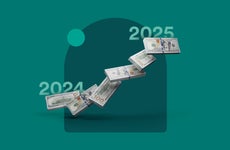
Here’s how much investing $10,000 in a CD right now could earn you in 1 year